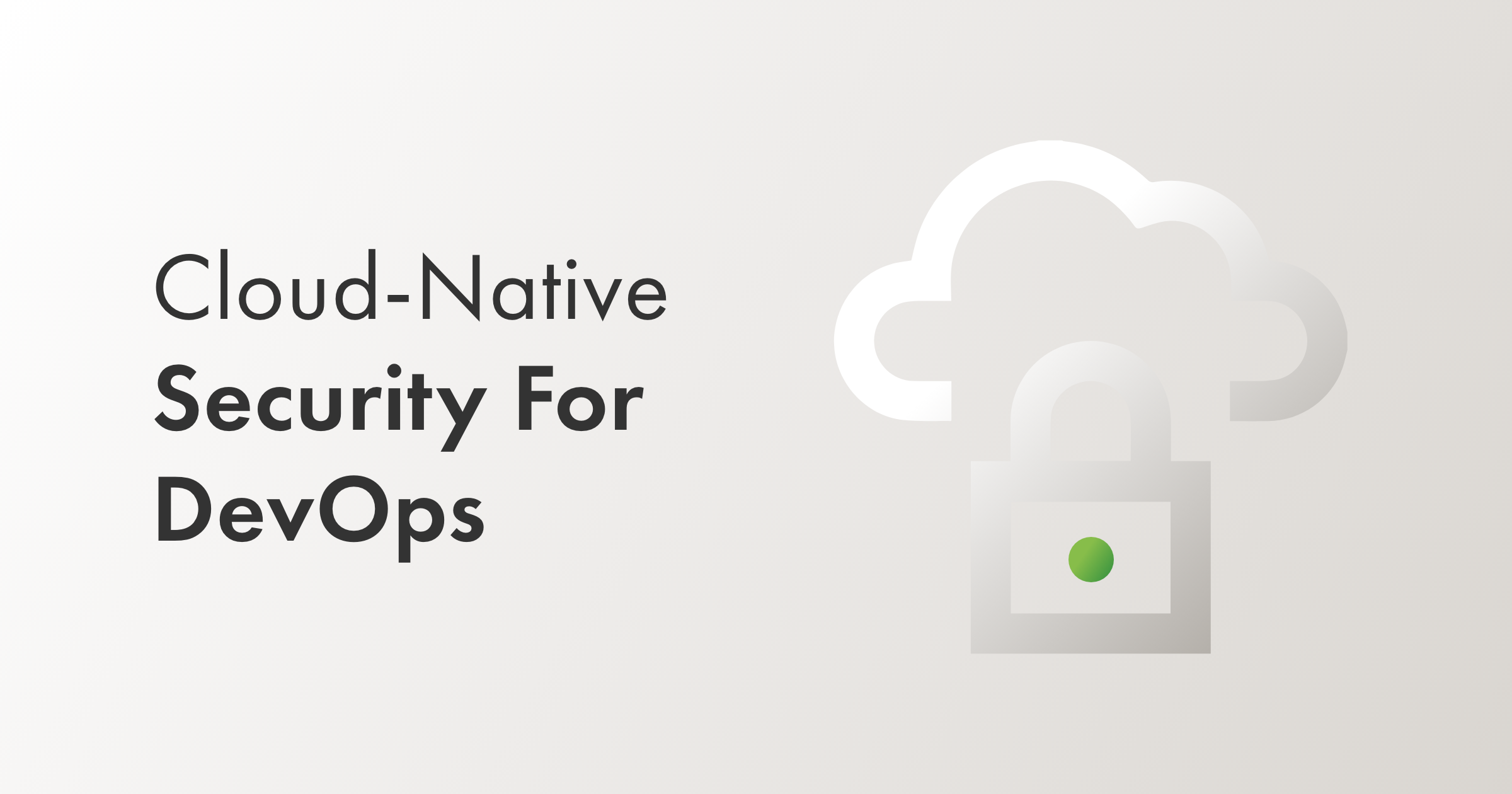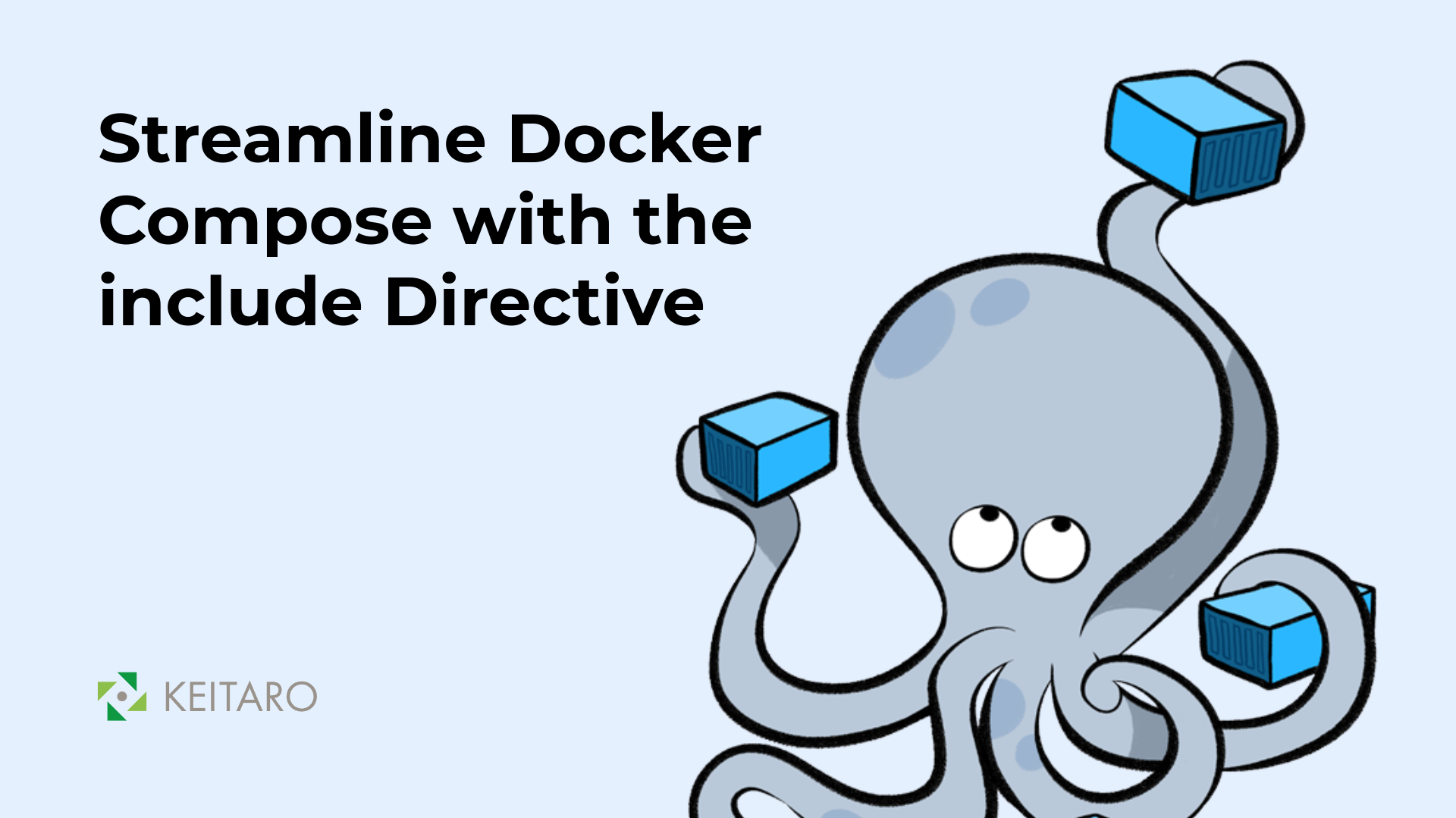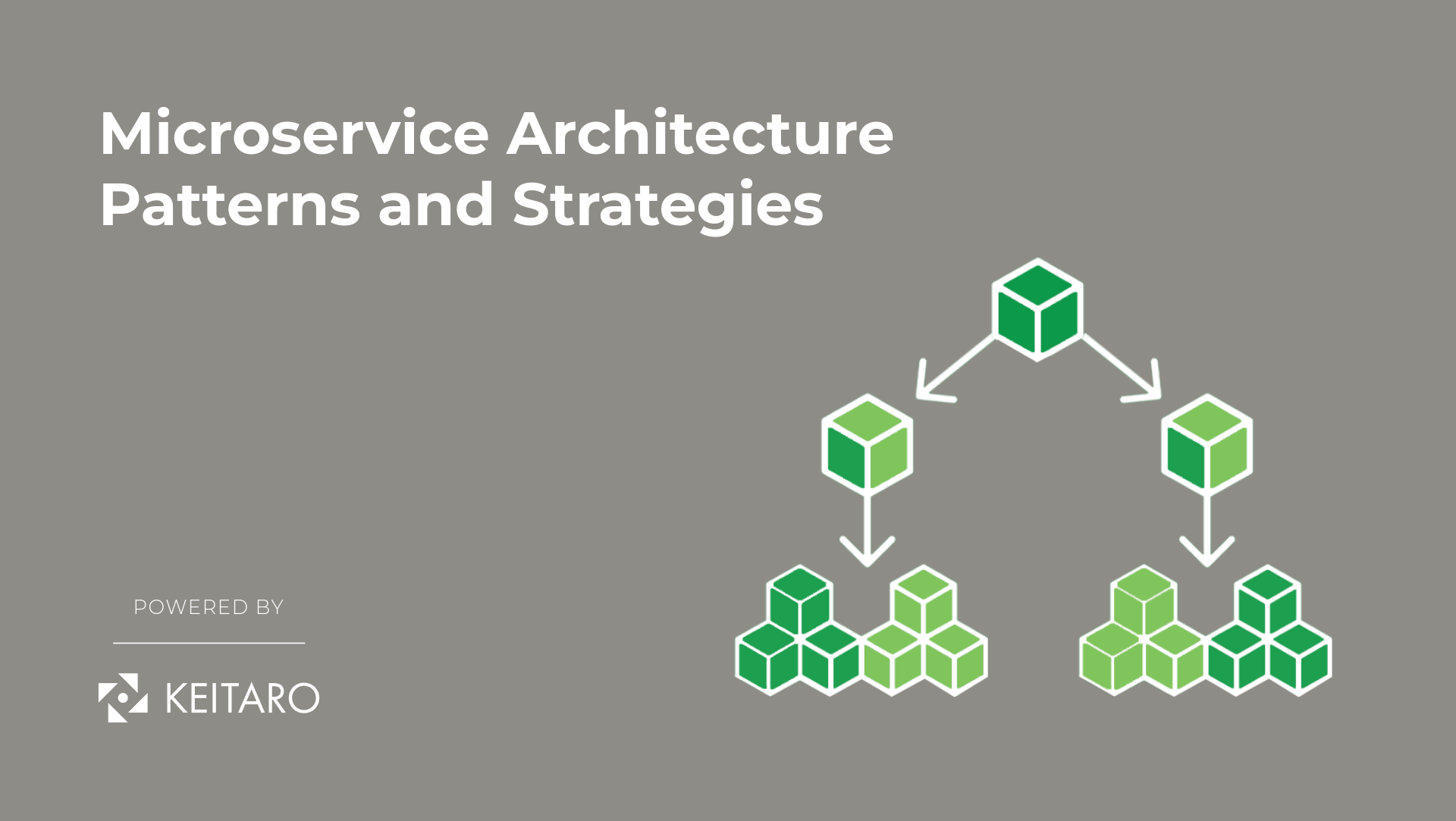Over the past decade, we have seen a prominent trend towards cloud technologies. On-premises hardware takes up large amounts of power and space and demands talent to operate it. But now the same operations can be achieved with a small group of DevOps engineers and easily scaled up/down based on performance and demand requirements, thanks to rapidly evolving cloud-native practices. Software development and deployment are shifting towards the cloud-native principle owing to the numerous benefits it has to offer. In this blog, we will shed light on the cloud-native environment and its most important consideration, security.
Cloud-Native Environment – Brief Overview
Cloud-native is a modern way of developing, running, and scaling software applications that exploit the resilience, flexibility, and scalability of cloud computing. A Cloud-native environment can leverage closed-source and open-source software in order to deploy applications packaged in containers. A container is an isolated executable unit of software that packages all the application code, dependencies, and libraries so that it can run on any environment. As software firms typically execute multiple containers over multiple hosts, they also use orchestration systems like Kubernetes, which are deployed and managed by CI/CD tools that strengthen DevOps methodologies. In short, cloud-native computing empowers organizations to take full advantage of their cloud resources with smooth management, fast performance, and fewer complications.
Since a cloud-native environment involves multiple platforms and interconnected tools, security considerations are vital. Unfortunately, there is no such thing as an impenetrable environment, so to cope up with the security needs, cloud-native security strategies are divided into four different layers in any cloud-native system, The 4 Cs of Cloud-Native Security.
The 4 Cs in Cloud-Native Security
The 4 Cs in cloud-native security are Cloud, Cluster, Container, and Code. It is crucial that security measures are ensured over all these layers because each layer comes with its specific attack surface, and would probably not be protected by the other layers. The details of 4 Cs are as follow:
Cloud Security
The base of all the cloud-native security layers is the cloud itself. If the cloud layer is vulnerable to security threats, then there is no surety that the layers on top of it are secure. It is mostly the responsibility of the cloud service provider to provide security but it’s also the responsibility of the provider’s customer’s to check and configure cloud security and secure their data. Some of the challenges in cloud systems include misconfiguration and automation practices lacking proper monitoring of errors and security issues.
To ensure cloud security, organizations should carefully follow the instructions provided by their cloud service providers. In addition, regular auditing settings for proper configuration and practising Infrastructure as Code (IaC) are recommended approaches to address cloud security.
Cluster Security
When it comes to cluster security, Kubernetes is the most talked-about because it’s the most widely used container orchestration tool. Clusters are declared stable when all the program and configurable components running inside clusters are stable. There are three components to focus on for cluster security: cluster components, cluster services, and cluster networking.
To ensure cluster security, organizations should restrict the direct access to etcd (Kubernetes’ main datastore) and control API server access. In addition, set up proper authorization and authentication to your clusters, encrypt traffic via TLS, and use secrets to protect sensitive data. Additionally, ports should be properly allocated to facilitate communication among services, pods, and containers.
Container Security
Containers are run in a cluster via Container Runtime Engine (CREs). Presently, Docker stands as the most widely used CRE. Some of the common security vulnerabilities in this layer include container image security, unknown image sources, and poor privilege settings.
To ensure container security, organizations should keep their containers updated and the applications packaged inside should be verified. Only the images from the known registries should be used. In addition, containers should be run with the least privilege so that containers don’t have access to all the host machine’s root capabilities.
Code Security
The Code layer is where organizations have the most control. The application code is like the heart of your entire system and it is mostly exposed to the internet along with associated databases. If you have top-notch security measures in the above three layers, then attackers will try to find loopholes in your code or application security. Some of the common issues in the code layer include the risk of software dependencies, insecure code, and insufficient application risk assessment.
There are different practices to ensure code security. You should make all your communications via TLS Encryption, including even the communications among databases, load balancers, and application servers. In addition, you should monitor and limit your exposed ports, services, and API endpoints. Beyond that, you can also practice different code security verifications, such as static and dynamic application security analysis, software composition analysis, etc.
Final Thoughts
Cloud-native computing is here to stay and will continue to become more advanced and sophisticated. Therefore, the four 4 layers of a cloud-native system must be well-protected to keep applications and the cloud environment safe. A weak security framework in any one layer can empower and enable attackers to compromise the entire application. In short, cloud-native security is a must-have for organizations to reap the full benefit from cloud technologies while remaining security compliant.



